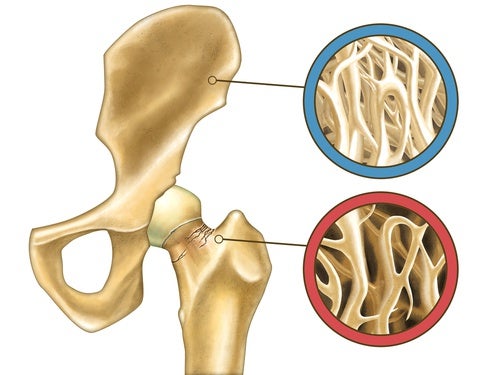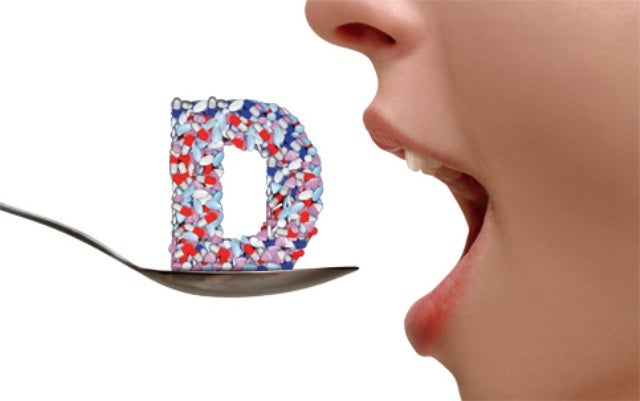
It is normal to feel worried or even afraid after being diagnosed with osteoporosis. However, the good news is that with the right information and support from your doctor, you can significantly improve your bone health and reduce the risk of fractures in the future with a combination of medication, diet, exercise and lifestyle changes. If I have osteoporosis, how to prevent the fracture?
Drugs
There are several medications available to prevent and treat osteoporosis, including: bisphosphonates; agonists / antagonists of estrogens (also called selective estrogen receptor modulators); parathyroid hormone; estrogen therapy; hormone therapy, etc. Tu medical can help you understand the benefits and risks of each of these medications and select one that is right for you.In men, reduced levels of testosterone may be linked to the development of osteoporosis. Men with levels abnormally low testosterone you may be prescribed a testosterone replacement therapy to help prevent or reduce bone loss.
Diet
In addition to taking your medicines, one of the most important things you can do is to follow a diet rich in calcium and vitamin D, maintaining an adequate daily protein intake, monitor your sodium intake and get plenty of exercise.
Calcium
Calcium is needed to keep bones healthy and strong throughout your life. Unfortunately, the majority of Americans do not consume enough calcium in their diets. Dairy products such as milk, cheese and yogurt are excellent sources of calcium and some foods non-dairy, as broccoli, almonds, and sardines can provide smaller amounts.In addition, many foods that you enjoy, juices, breads and cereals are now fortified with calcium. Calcium supplements can ensure that you get enough calcium every day, especially if you're one of those people with allergy to lactose. Recommended daily intake of calcium 1000 mg (milligrams) for men and women up to 50 years of age, increasing to 1200 mg for women over 50 and men older than 70 years.
Calcium supplements are available without a prescription in a wide range of preparations. Many people ask which calcium supplements should be taken. The "best" supplement is one that suits your needs based on tolerance, convenience, cost and availability. In general, it is advisable to choose the brands calcium supplements. Also, are going to absorb the calcium better if you take it several times a day in smaller quantities of 500 mg or less each time.
Vitamin D
Vitamin D plays an important role in helping your body absorb calcium. The relationship between calcium and vitamin D is similar to that of a closed door and a key. Vitamin D is the key that unlocks the door, allowing calcium to enter the bloodstream. As we age, our bodies become less able to absorb calcium, which makes it more necessary to get enough vitamin D. The recommended daily intake of vitamin D is 600 IU (international units) of up to 70 years of age.
Men and women older than 70 years must increase its absorption to 800 IU daily. Many people get this amount by the consumption of foods fortified with vitamin D, such as milk. In addition, many calcium supplements are fortified with vitamin D.
Sodium
Sodium is a major component of table salt and affects our need of calcium by increasing the amount that we excrete in the urine. As a result, people with diets high in sodium or salt, seem to need more calcium than people with low-sodium diets to ensure that, in general, consume enough calcium for your bones.Protein
Amounts in excess protein also increases the amount of calcium that we excrete in the urine, although it also provides benefits to the health of the bones. For example, the protein is needed for the healing of a fracture. In addition, studies have shown that advanced with a broken hip elderly people who do not consume enough protein in their diets are more likely to experience loss of independence and even death after its split. The daily recommended protein intake is 56 grams for men and 46 grams for women.Exercise

It is perfectly understandable that you want to avoid refracture. No one who has broken a bone wants to feel that pain and loss of independence. However, a life without exercise is not an effective way to protect your bones. Staying physically active reduces the risk of diseases of the heart, colon cancer, and diabetes type 2. It can also protect you against cancer breast and prostate, high blood pressure, obesity and disorders of mood as depression and anxiety. If that isn't enough to convince you to stay active, consider this: the exercise is one of the best ways of preserving bone density and prevent falls as you age.
Which type of exercise is best to reduce my risk of another fracture?
Exercise can reduce the risk of fracture in two ways: by helping to build and maintain the bone density due to the improvement of your balance, flexibility and strength, all of which reduces the chances of falling.Bone is a living tissue that responds to exercise to strengthen. As a muscle gets stronger and bigger with use, a bone becomes stronger and denser. There are two types of exercise that are important to the construction and maintenance of bone density: weights and resistance.
Load exercises are those in which your bones and muscles work against gravity. Examples include walking, stair climbing, dancing and playing tennis. Strength exercises are those that use muscle strength to improve muscle mass and strengthen bones. The best example of a resistance exercise is weight training, whether with free weights or weight machines.
Exercise can also help you to significantly reduce the risk of falling by participation in activities that improve your balance, flexibility and strength. The balance is the ability to maintain the stability of your body in motion or stopped. You can improve your balance with activities such as tai chi and yoga.
Flexibility refers to the amplitude of movement of a muscle or group of muscles. You can improve flexibility through tai chi, swimming, yoga and gentle stretching exercises. Strength refers to the ability of your body to develop and maintain strong muscles. Weight lifting will increase your strength.

0 comentarios:
Post a Comment